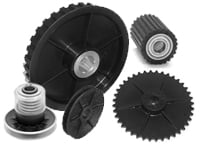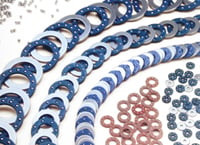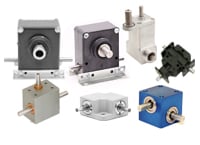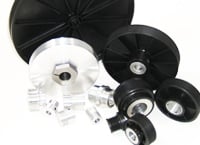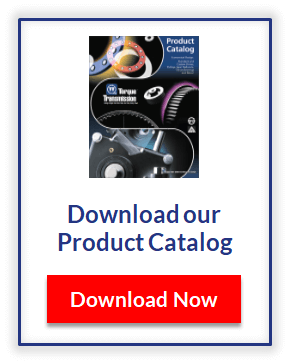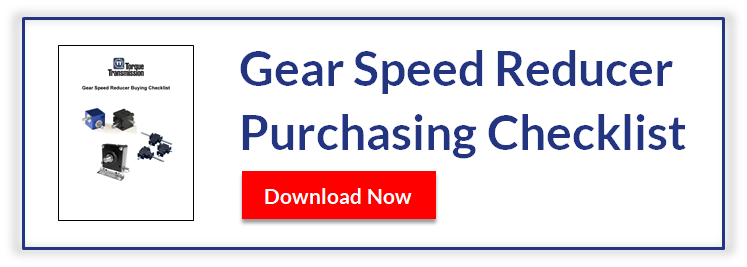When designing a speed reducer, no matter the application, it is vital that you provide your supplier with complete and accurate information. Gathering that information can be time-consuming, and it can be easy to miss key specifications or measurements without a tool to keep you organized.
What is a Speed Reducer and how do they work?
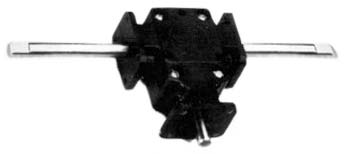 Before you begin gathering the information you will need to order a speed reducer, it can be useful to understand how a speed reducer works.
Before you begin gathering the information you will need to order a speed reducer, it can be useful to understand how a speed reducer works.
Speed reducers are fairly straight forward pieces of machinery as they are simply a gear train between the motor and the machinery. Speed reducers are used to reduce the speed of the input, from the motor, while also multiplying the torque the input creates. The speed of the input can be control with a speed reducer so that the output is the correct speed and torque.
This decreased speed and increased torque is possible because the output gear has more teeth than the input gear allowing the output gear to rotate more slowly, reducing the speed, and increasing torque.
How to Select a Speed Reducer
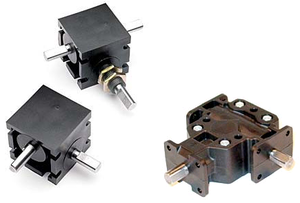 Now that we’ve covered the basics of how speed reducers work you might be wondering how you will choose the correct type or model speed reducer for your particular application.
Now that we’ve covered the basics of how speed reducers work you might be wondering how you will choose the correct type or model speed reducer for your particular application.
Not to worry, we’ve used our years of experience designing speed reducers to create a guide to help walk you through the process of specifying and designing a speed reducer.
This checklist will guide you through the process of matching your application requirements with the information needed to allow your supplier to turn it into reality.
This speed reducer guide will help you determine:
- Applications specific details
- Speed and duty cycle
- Shock and loading impact on service factor
- I/O requirements
- Housing details
Get your free Speed Reducer Buying Checklist here or by clicking the image below!

